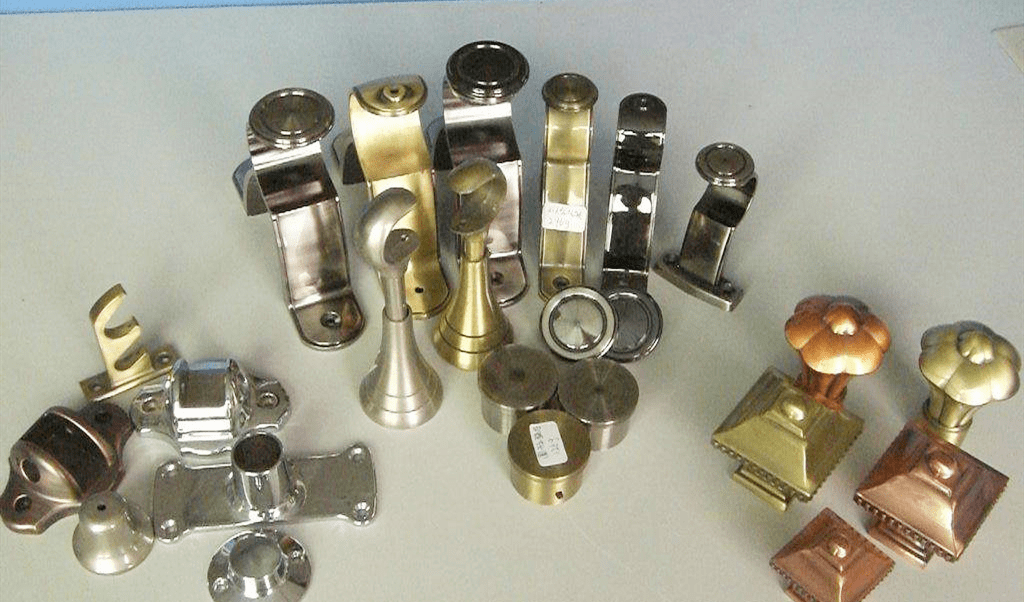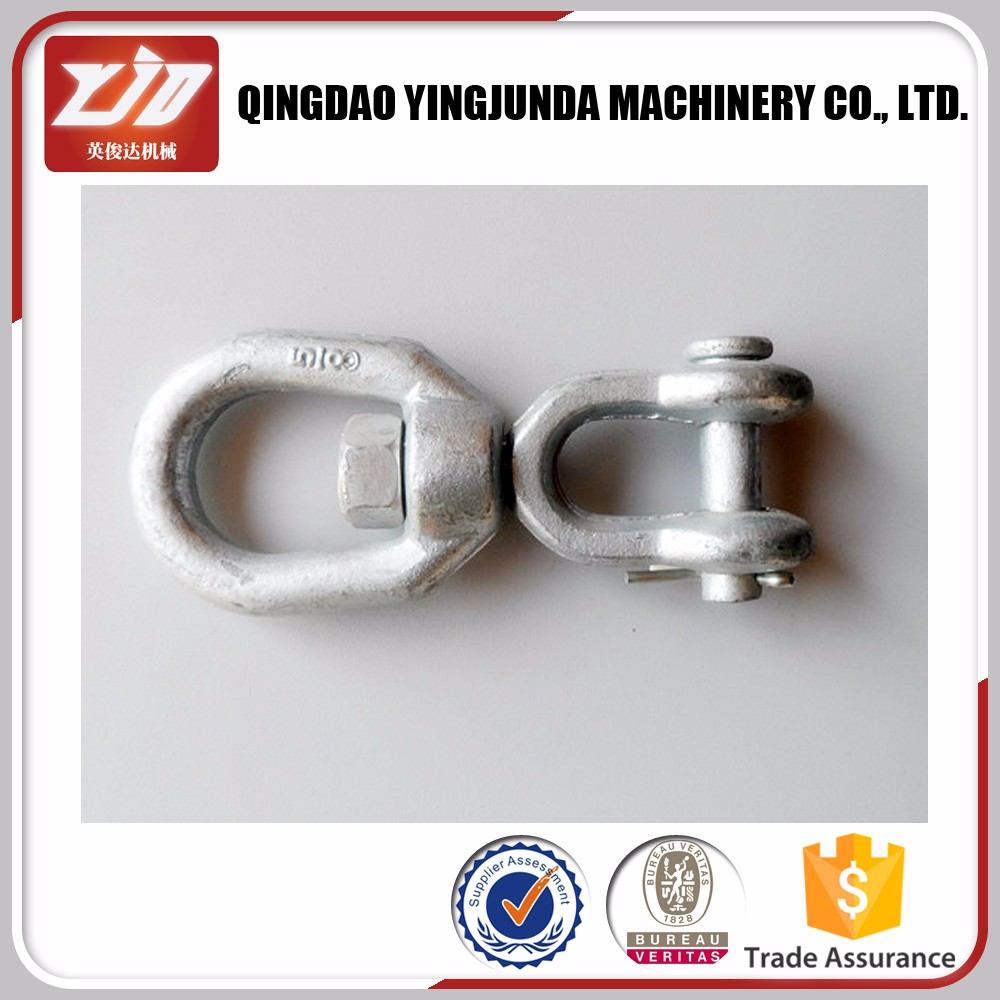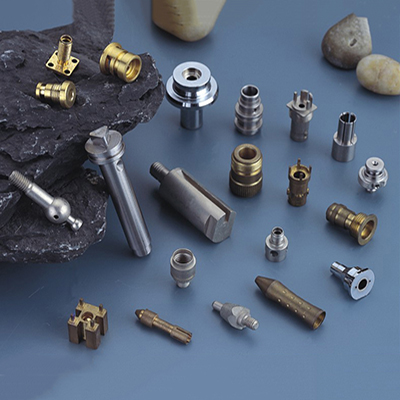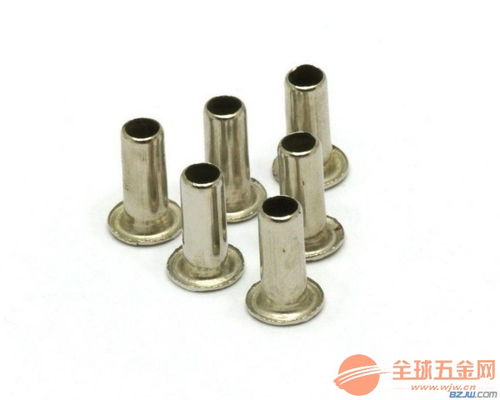Yacht Hardware Fittings: A Comprehensive Guide
This comprehensive guide to yacht hardware fittings is designed to help you understand the various types and specifications available for your yacht. From simple deck fittings to complex machinery, this guide covers it all. It is essential for any yacht owner or builder to have a clear understanding of the hardware they are using, so they can ensure the safety and longevity of their vessel. Whether you are looking to purchase new fittings or just need a refresher on what you have, this guide is here to help.
Yacht hardware fittings are essential components of any yacht construction project. These fittings are designed to ensure that the various parts of the yacht are securely connected and function properly. In this comprehensive guide, we will explore the various types of yacht hardware fittings, their functions, and the materials they are made from.

Types of Yacht Hardware Fittings
Yacht hardware fittings can be broadly classified into two categories: those that are visible and those that are concealed. Visible fittings include those that are exposed to view on the exterior or interior of the yacht, such as handrails, portholes, and deck fittings. Concealed fittings, on the other hand, are those that are hidden from view but essential to the functioning of the yacht, such as bolts, nails, and screws.
Within these categories, there are numerous specific types of fittings. For example, handrails come in a variety of shapes and sizes to accommodate different styles of yachts. Portholes can be circular or oval-shaped, and they may have glass or acrylic panels. Deck fittings include items such as cleats, fairleads, and winches, which are used to secure lines or ropes to the deck.
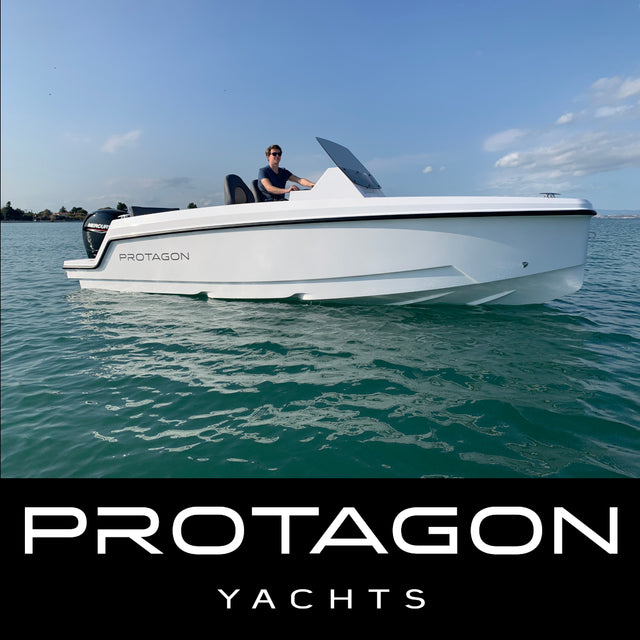
Functions of Yacht Hardware Fittings
Yacht hardware fittings serve a range of functions. Some fittings are purely decorative, adding to the aesthetic appeal of the yacht. Others are functional in nature, providing support or stability to various parts of the yacht. For example, handrails are not only used for decoration but also to provide support for guests or crew members walking on decks or around the cabin. Portholes, on the other hand, are primarily used for ventilation and light, although they may also have a decorative element. Deck fittings serve a variety of functions depending on their type; cleats, for example, are used to secure lines so that they do not move around on the deck, while winches are used to tighten or loosen lines under tension.
Materials Used in Yacht Hardware Fittings

The materials used to manufacture yacht hardware fittings vary depending on the type of fitting and its intended use. Common materials include stainless steel, aluminum, brass, bronze, and even plastic or composite materials in some cases. Stainless steel is particularly popular due to its resistance to corrosion and its ability to withstand harsh weather conditions. Aluminum is lightweight and strong, making it suitable for many types of fittings. Brass and bronze have a pleasing aesthetic appearance and are often used for decorative purposes. Plastic or composite materials may be used for certain types of fittings that do not require high levels of strength or durability, such as those found in interior spaces.
In conclusion, yacht hardware fittings are integral components of any yacht construction project. They serve a range of functions from decorative to functional and are made from a variety of materials to suit different applications. Understanding the types, functions, and materials used in yacht hardware fittings is essential for anyone involved in the construction or maintenance of these vessels.
Articles related to the knowledge points of this article:
The hardware components of household appliances
Rocking Chair Hardware Components
Title: Shanghais Energy-Efficient Hardware Products: A Comprehensive Guide
Title: 汕尾 - Your One-Stop Solution for Modern Hardware Parts Supply
Title: An In-depth Analysis of the Quality and Reputation of Jiangxi Authentic Hardware Components
